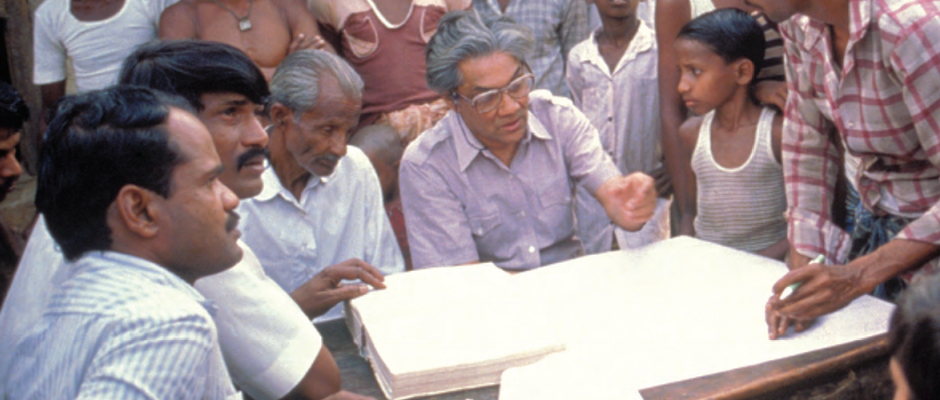
The much acclaimed Kerala model of health care system (Elamon, Franke and Ekbal, 2004) had faced serious challenges in the mid-1980s and early 1990s due to the dilution of the politics of collective action and deficit in delivery of public goods in general and health care in particular by the State Government. Further the stagnation in the economy of Kerala, witnessed during the period, contributed to the decline of the quality of service delivery in the health sector (Ramankutty and Panikar, 1995). The crisis in the health sector was multifaceted and manifested mainly in the cyclical incidence of infectious diseases, vector-borne diseases, high prevalence of life-style diseases, degenerative diseases, poor public investment in the health sector, proliferation of the private health industry and high expenditure on healthcare (Oommen, 2009). As a result, public healthcare units became less attractive even for the low income groups. (Kunhikannan and Aravindan, 2000)
Historically, the delivery of public goods is synonymous, first with the health sector and then with education in Kerala. Immediately after launching the PPC, all the major public health care institutions at the sub-State level (both primary and secondary) were transferred to the local governments. A reasonable amount of untied fund was made available with the local governments through a budgetary mechanism, known as the ‘budget window for local governments’. Though not fully in a comfortable zone, hardly anyone of the elected authorities makes serious allegations against the volume of financial allocations to the local governments. Subsequently, functionaries of the transferred healthcare institutions were put under the control of the local governments.
By looking at the outward volume and intensity of the package of decentralisation in the health sector under the 3Fs (functions, finance and functionaries), one may formulate a hypothesis that there has been an enabling and advantageous foundation in Kerala to utilise the opportunities of decentralisation during the last two decades. In this paper, we are primarily concerned with the post-73rd and 74th Constitutional Amendment scenario. We attempt to examine the nature and content of decentrali-sation in the health sector and its overall impacts on the well-being of the citizens in general and marginalised communities in particular. Therefore, the major discussions in the paper are based on certain specific issues under the health sector, such as (i) the nature and level of decentralisation, (ii) the level and type of decentralisation, (iii) the potential of the existing decentralisation to utilise the health- care system efficiently, and (iv) whether the local governments have utilised the opportunities of decentralisation during the last two decades.
Read the complete article here.
This article was originally published on The Mainstream Weekly, 30 January 2016.



